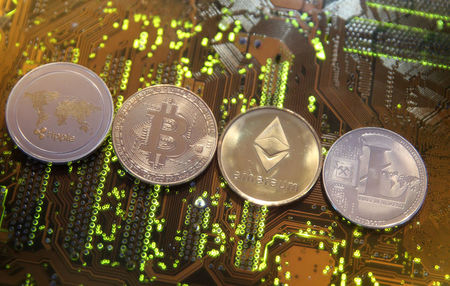Market News: Russia Nears 95% De-Dollarization in Trade With China, India
The post Market News: Russia Nears 95% De-Dollarization in Trade With China, India appeared on BitcoinEthereumNews.com. The de-dollarization of settlements with China and India reaches 90-95 percent in Russia, and the global trade is reconfigured without the US dollar’s prominence. Russia is almost completely de-dollarizing its trade settlements with China and India, and 90-95 percent of operations in these countries are being carried out in national currencies. This milestone was confirmed by Russian Deputy Prime Minister Alexander Novak on October 20, which showed an extensive decrease in dependence on the US dollar in major Asian trade routes. The change indicates a mechanical market adjustment to the Western sanctions restricting dollar-based settlement facilities. The change has not interfered with trade patterns. Rather, it facilitates Russia, China, and India to export sustained energy and commodities. The transition to national currencies was a natural progression when the dollar had lost its hegemonic position in such transactions due to geopolitical pressure. De-Dollarization’s Deep Impact on Global Trade The transfer of the dollar in the Russian transactions with the largest economies in Asia is an indication of a larger, multipolar re-orientation of world finance. BRICS countries (Brazil, Russia, India, China, South Africa), ASEAN, and the Shanghai Cooperation Organization (SCO) are working harder to reduce their exposure to the US sanctions and dollar causes of inflation. These countries are seeking to regain economic sovereignty by making their currencies more reliant on settlements with local currency or other systems of money. The action of Russia highlights how the restrictions on dollar access have increased the pace of these alterations, which have strengthened bilateral economic relations with China and India. Novak emphasized that this shift was not predestined by the state policy but appeared naturally as a result of market circumstances. This natural development is opposed to past decades, where the US dollar was in a position of supremacy in terms of settlements in…

The post Market News: Russia Nears 95% De-Dollarization in Trade With China, India appeared on BitcoinEthereumNews.com.
The de-dollarization of settlements with China and India reaches 90-95 percent in Russia, and the global trade is reconfigured without the US dollar’s prominence. Russia is almost completely de-dollarizing its trade settlements with China and India, and 90-95 percent of operations in these countries are being carried out in national currencies. This milestone was confirmed by Russian Deputy Prime Minister Alexander Novak on October 20, which showed an extensive decrease in dependence on the US dollar in major Asian trade routes. The change indicates a mechanical market adjustment to the Western sanctions restricting dollar-based settlement facilities. The change has not interfered with trade patterns. Rather, it facilitates Russia, China, and India to export sustained energy and commodities. The transition to national currencies was a natural progression when the dollar had lost its hegemonic position in such transactions due to geopolitical pressure. De-Dollarization’s Deep Impact on Global Trade The transfer of the dollar in the Russian transactions with the largest economies in Asia is an indication of a larger, multipolar re-orientation of world finance. BRICS countries (Brazil, Russia, India, China, South Africa), ASEAN, and the Shanghai Cooperation Organization (SCO) are working harder to reduce their exposure to the US sanctions and dollar causes of inflation. These countries are seeking to regain economic sovereignty by making their currencies more reliant on settlements with local currency or other systems of money. The action of Russia highlights how the restrictions on dollar access have increased the pace of these alterations, which have strengthened bilateral economic relations with China and India. Novak emphasized that this shift was not predestined by the state policy but appeared naturally as a result of market circumstances. This natural development is opposed to past decades, where the US dollar was in a position of supremacy in terms of settlements in…
What's Your Reaction?









































